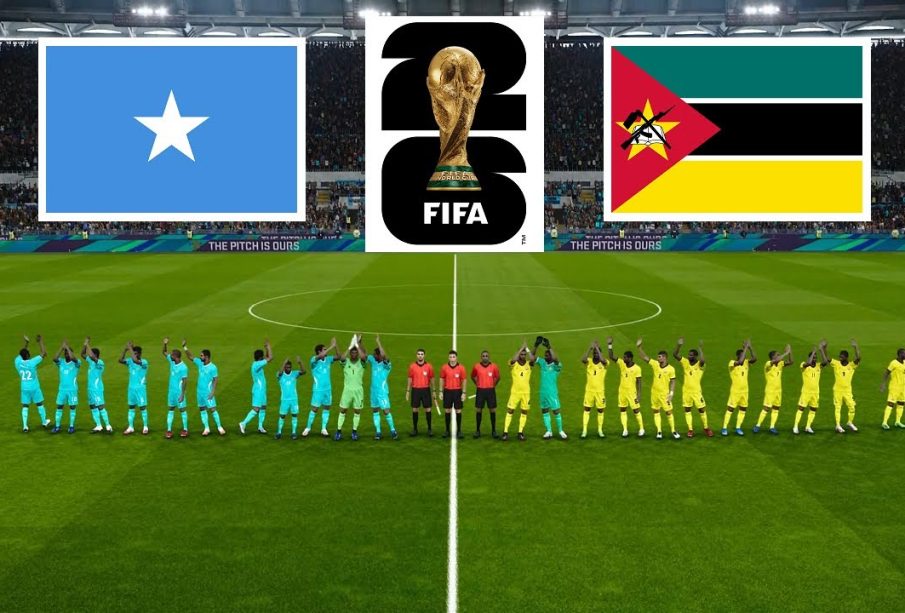Somalia vs Mozambique: Understanding the Differences

Introduction
As nations in Africa continue to navigate a complex landscape of development, understanding the varied contexts of different countries becomes essential. Somalia and Mozambique, while both prominent nations on the continent, offer a stark contrast in history, culture, and socio-economic development. This article provides an overview of these two countries, highlighting their significance both regionally and globally.
Geography and Demographics
Somalia, located in the Horn of Africa, is bordered by Djibouti, Ethiopia, and Kenya, and features a lengthy coastline along the Indian Ocean. Its population is approximately 15 million people, primarily comprising the Somali ethnic group. The nation has faced challenges, including drought and civil unrest, leading to significant migration patterns and humanitarian crises.
In contrast, Mozambique is situated on the southeastern coast of Africa, sharing borders with Tanzania, Malawi, Zambia, South Africa, and Eswatini. With a population of around 31 million, Mozambique is ethnically diverse, home to more than 20 ethnic groups, predominantly the Makua, Tsonga, and Sena peoples. Unlike Somalia, Mozambique has experienced significant economic growth over the past two decades, despite facing challenges like natural disasters.
Economic Overview
Economically, Mozambique has been regarded as one of Africa’s fastest-growing economies, particularly due to its rich natural resources such as coal, natural gas, and various minerals. The country’s infrastructure and agriculture are major contributors to its GDP, with a focus on boosting foreign investment. Recent estimates suggest that Mozambique’s GDP growth rate may reach around 4% in 2023.
Somalia, however, has faced prolonged instability affecting its economy. While remittances from the diaspora play a crucial role, the lack of a central government for much of the early 21st century stifled economic development. As the nation slowly stabilises, foreign aid and investment are critical to rebuilding its economy which grew by an estimated 2% last year.
Social and Cultural Aspects
Culturally, Somalia is predominantly Islamic, with traditions deeply interwoven with Islamic practices and cultural expressions. Somali literature, poetry, and music are integral to its identity.
On the other hand, Mozambique boasts a melting pot of cultures, influenced by various ethnic groups and colonial history. The culture is rich in music and dance, particularly noted in genres such as marrabenta and pandza. Mozambique’s official language is Portuguese, a remnant of its colonial past, highlighting a different cultural trajectory compared to Somalia.
Conclusion
In conclusion, Somalia and Mozambique present contrasting narratives within the African context. Somalia, characterized by its ongoing recovery from conflict and striving for stability, and Mozambique, with its rapid economic growth and cultural diversity, illustrate the broader complexities facing nations today. Understanding these differences is essential not only for policymakers but also for readers interested in the dynamic landscape of contemporary Africa and its continued evolution.









